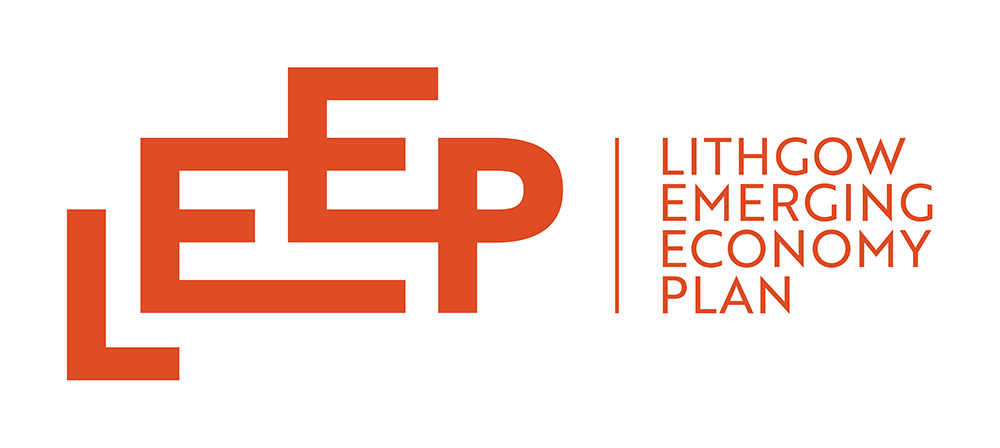Why Transition?
Why Transition?
Lithgow’s transition is not just a policy shift – it’s a once-in-a-generation economic shock. For over 150 years, our miners, power station workers and industries have powered New South Wales, supported thousands of families, and shaped the identity of our region. Today, that legacy faces unprecedented change.
The NSW Government’s Future Jobs and Investment Authorities Issues Paper describes the decline in coal demand as one of the largest structural changes ever faced in regional NSW. The Productivity Commission has found that coal-dependent regions like Lithgow are among the least equipped to withstand such shocks without deliberate planning.
This is not change we have asked for – it is a structural transformation already underway across NSW and globally. The National Electricity Market is heading towards 90% renewables by the 2040s, with coal-fired power generation falling away almost completely after 2037.
In Lithgow, coal mining and power generation still represent almost 40% of the local economy by value-add, and employ 16% of our workforce. That places our community at the centre of Australia’s energy transition.
The question before us is not whether transition will occur – it is whether Lithgow shapes it, or has it done to us.
Why LEEP Matters Now
Experts describe the next 10 years as a ‘critical decade’ for transition. The decisions made between 2025–2035 will determine Lithgow’s future.
This is a moment of risk – but also of opportunity. Regions like Collie in Western Australia began their transition planning over a decade ago and have now secured $660 million in state government support – equivalent to $28,000 per resident. By contrast, current NSW support for Lithgow equates to around $400 per resident.
Unless we act with urgency, we risk missing out.
The LEEP is our roadmap for action. It prioritises:
- Jobs for workers and families – with pathways into construction, logistics and advanced manufacturing
- Diversification, not narrowing – with industrial renewal at the core, and health, education and tourism growing alongside
- A future for working families – with improved livability and opportunities for younger people
In implementing the LEEP Report, we are building a stronger, fairer and more resilient future.
Transition vs Transformation
As Lithgow navigates the shift away from coal, it’s important to understand the difference between transition and transformation – and why both matter.
Transition: Managing Change
Transition is the process of moving from one economic reality to another. For Lithgow, this means preparing for the decline of coal mining and coal-fired power generation – industries that still make up almost 40% of our local economy and employ 16% of our workforce.
Transition is about managing this change fairly and deliberately – supporting workers, repurposing infrastructure, and ensuring our community is not left behind.
Transformation: Shaping the Future
Transformation goes further. It’s about reimagining what Lithgow can become – a region known not just for its industrial past, but for its innovation, resilience and opportunity.
Transformation means attracting new industries, building new skills, and creating a future that works for everyone – from young people and families to long-time workers and local businesses.
The Importance of Advocacy
Transition and transformation don’t happen in isolation – they require strong, consistent advocacy. Lithgow’s future depends on our ability to make the case for fair support, targeted investment, and inclusive planning. Advocacy ensures that our community’s voice is heard in state and national forums, and that we secure the resources needed to shape our own future. Through the LEEP, Lithgow City Council is actively advocating for transition funding, workforce support, and infrastructure investment – so that Lithgow is not just reacting to change, but leading it.
Government Transition Resources
Lithgow’s transition is part of a wider national and state effort to support coal-reliant communities through structural economic change. The following resources provide insight into the frameworks, funding, and planning guiding this work:
- NSW Government – Future Jobs and Investment Authority
The NSW Government’s Future Jobs and Investment Authority (FJIA) is a new statutory body supporting coal-producing regions to diversify and grow. It provides funding, strategic planning, and local representation to help communities like Lithgow shape their future.
Explore the FJIA [Future Job…Government] - Australian Government – Net Zero Economy Authority
The Net Zero Economy Authority works with industries, workers and communities to support a fair and orderly transition to net zero. It collaborates with state governments and local regions to unlock new opportunities and ensure no one is left behind.
Learn about the Net Zero Economy Authority [Australia’…n – DCCEEW] - Productivity Commission – Transitioning Regional Economies
This study examines the challenges faced by coal-dependent regions and highlights the importance of deliberate transition planning. It provides evidence-based insights into regional resilience and adaptive capacity.
Read the Productivity Commission report [Transition…Commission]
